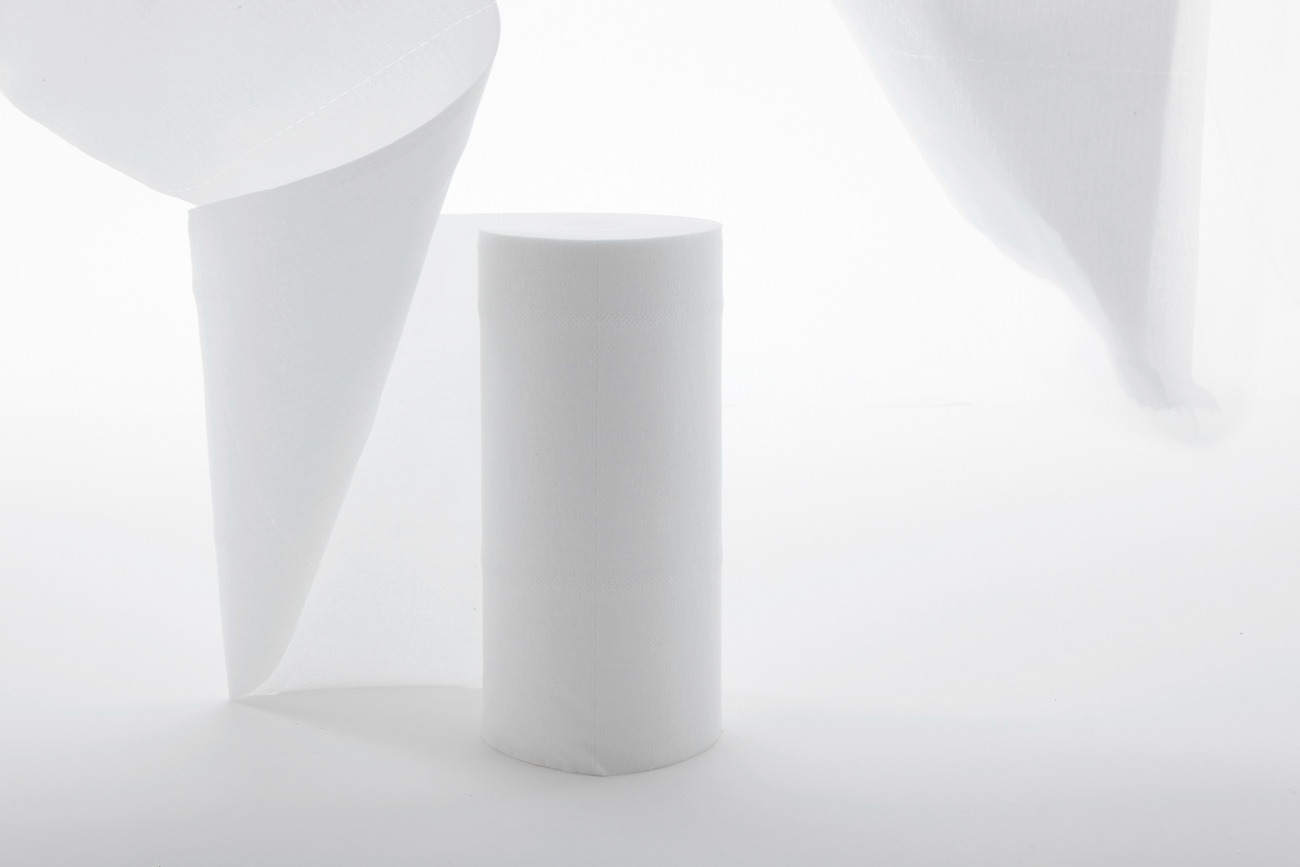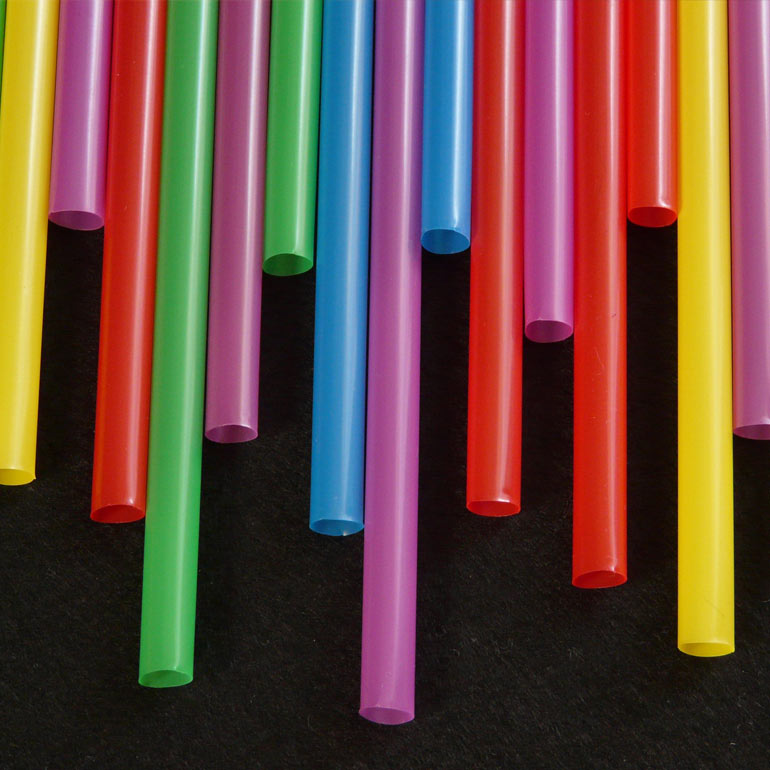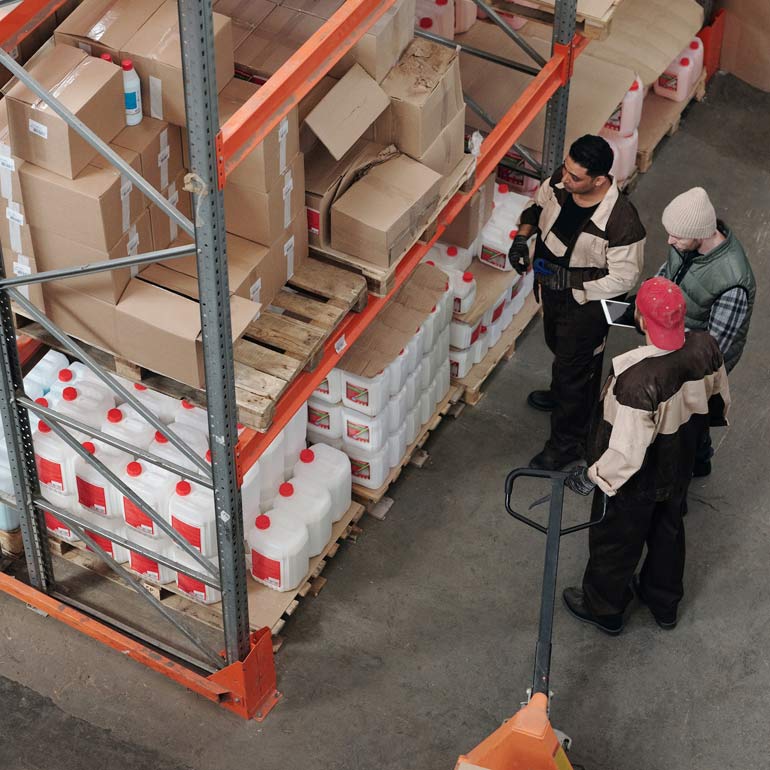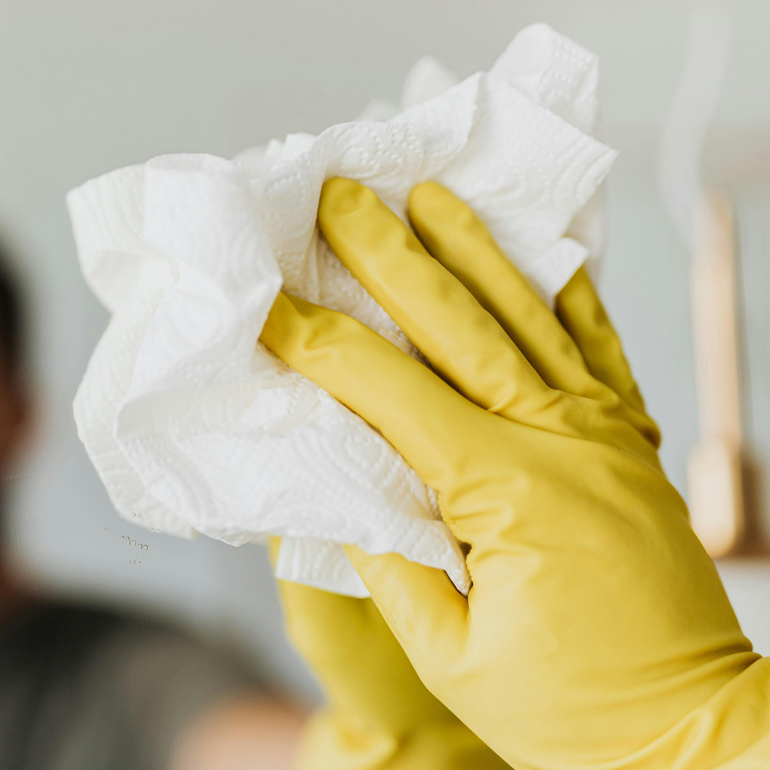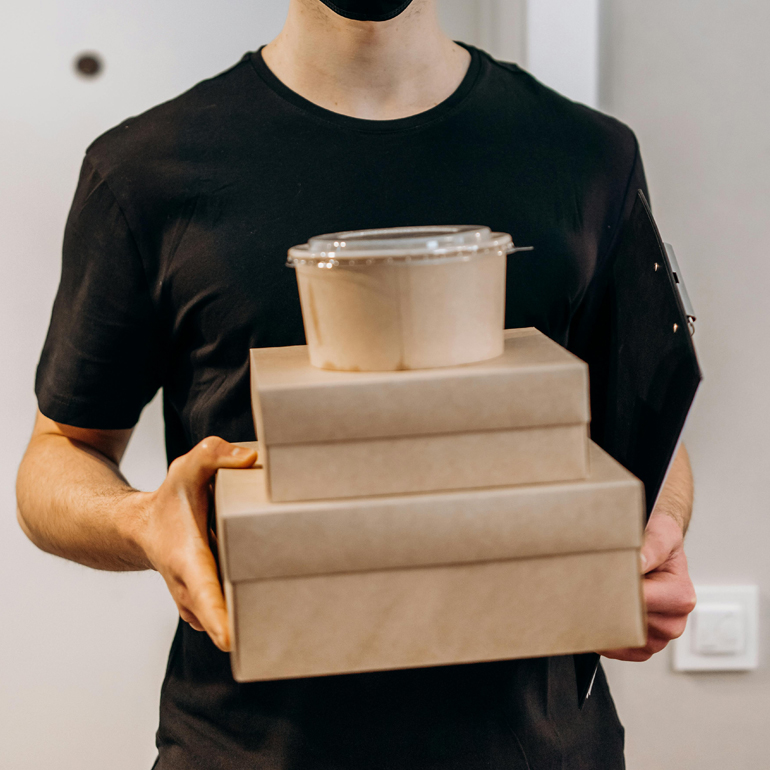Printing costs can make up a surprisingly high percentage of overhead for certain businesses. From large companies that use paper by the ton, to small businesses that can’t afford bulk printing, there can be a lot of waste and ink costs. San Antonio, Tx., has around 55,000 small businesses in addition to the military base and few large businesses, and virtually all of them can benefit from the proper use of thermal paper.
Thermal Printing Is Actually a High-Tech Invention
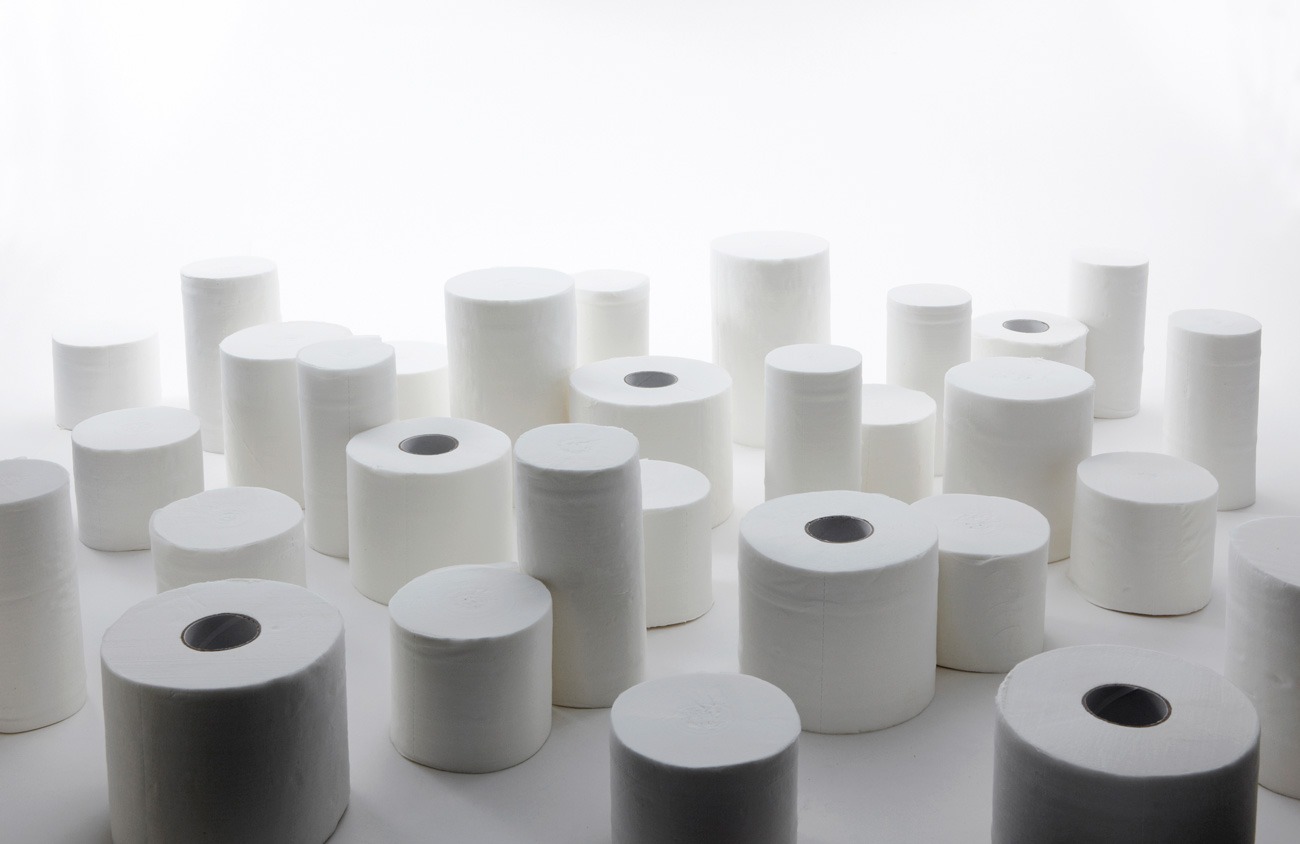 No one really thinks about how the receipts they get are printed – and no one should have to; it’s supposed be done seamlessly, as part of an invisible commercial infrastructure. That’s precisely what thermal paper does: it never runs out of ink, tends not to jam and, short of the paper running out, is nearly bullet-proof.
No one really thinks about how the receipts they get are printed – and no one should have to; it’s supposed be done seamlessly, as part of an invisible commercial infrastructure. That’s precisely what thermal paper does: it never runs out of ink, tends not to jam and, short of the paper running out, is nearly bullet-proof.
Yet, underlying all this is an amazing piece of technology. The printer paper itself is special paper that’s coated with an amazing blend of materials that selectively change color when the right amount of heat is applied. There are a few different ways of achieving this, but the most widely used often employ a solid-state mixture of dyes, sensitizers, developers and stabilizers.
Special fine paper is a technical designation for paper that’s made specifically for copying and digital printing. To earn that designation, it must retard dust and be of a size and weight to run smoothly through a POS device. The paper used for thermal rolls, such as our San Antonio 3 1/8 thermal paper, always uses special fine.
The Dyes Are Designed To React to Specific Organic Acids
The process starts with a matrix of dyes that are precision-coated onto the paper. The dyes are most typically a mix of Fluoran and Leuco dyes that combine perfectly for the application. Most Leuco dyes are effectively transparent even when melted, unless they are melted and dissolved into certain organic acids that are used as developers. The Leuco dyes are usually triaryl methane phthalide, a high-quality synthetic organic compound, and the organic acid is typically bisphenol A (BPA).
Fluoran dye often forms the structural core of thermal paper dye. It’s designed to rapidly shift between two chemical states, being either transparent or colored. The most common Fluoran dye used in thermal paper is Black 305, which helps form the dye matrix. Once a Fluoran Leuco dye has been heated to its melting point in a bath of organic acid and other additives, the color change is conserved in a mostly metastable state, meaning that it’ll remain colored for an extended period unless subjected to stresses beyond its design parameters.
Sensitizers and Stabilizers
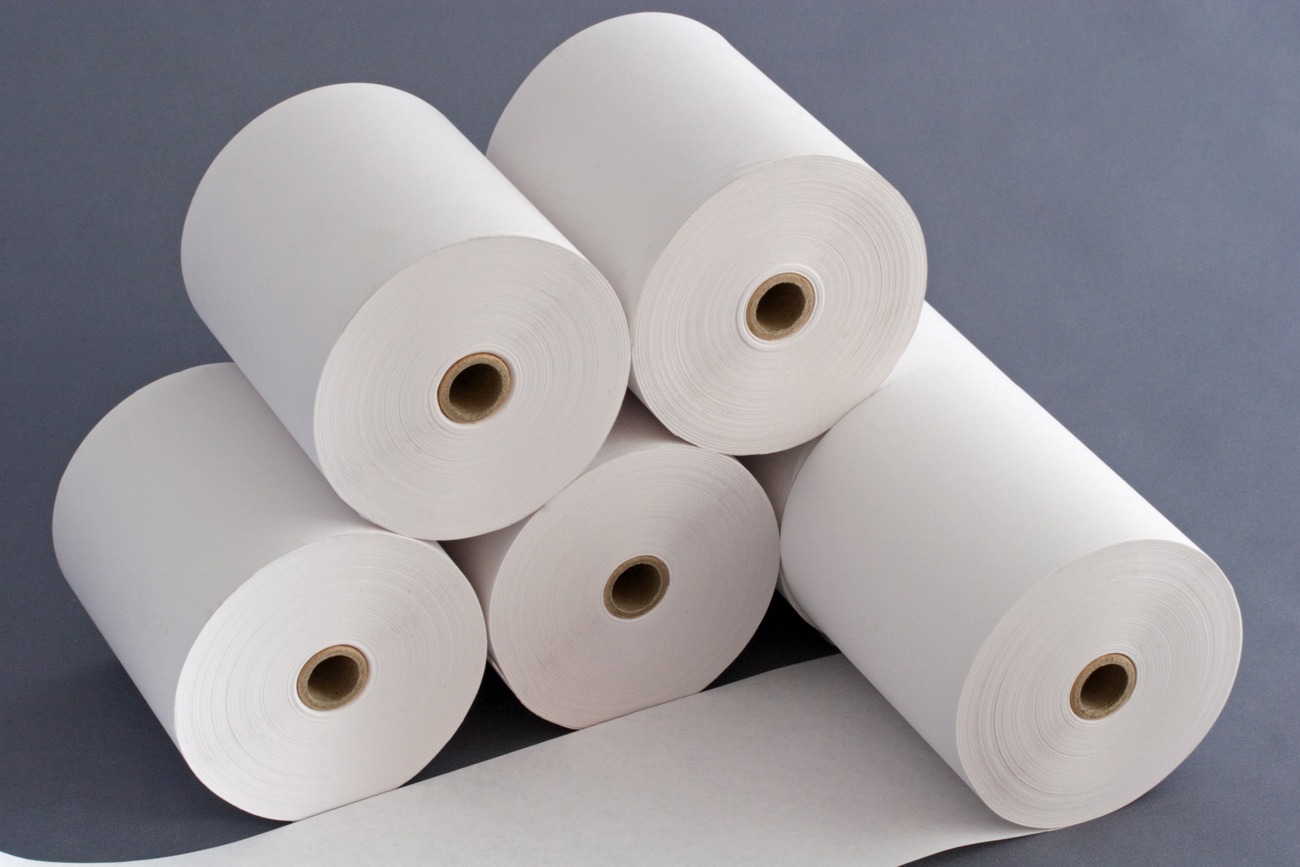 The Fluoran Leuco dye blend won’t provide a good, reliable result in real-world situations without additives to precisely control the reaction. Sensitizers, such as various ether molecules, are added to the matrix to carefully match the temperature of the printer head, as well as facilitating mixing. The sensitizers are designed to melt at approximately 212 degrees so that the printer doesn’t overheat.
The Fluoran Leuco dye blend won’t provide a good, reliable result in real-world situations without additives to precisely control the reaction. Sensitizers, such as various ether molecules, are added to the matrix to carefully match the temperature of the printer head, as well as facilitating mixing. The sensitizers are designed to melt at approximately 212 degrees so that the printer doesn’t overheat.
One problem with pure Fluoran Leuco dyes is that they will tend to return to their original colorless state, especially in hot or humid conditions common around San Antonio. Special stabilizing chemicals are added in minute quantities to inhibit recrystallization of the dye into the transparent state. If you’ve ever noticed receipts starting to fade, it could be the result of poor stabilizers, although keeping thermal paper at even body temperature for an extended period will tend to degrade the image.
The Protective Coating
To enhance the results and longevity of the printing, the thermal paper has a topcoat applied after the dye matrix has been set. This coating helps focus the heat from the printer head to a very precise location, allowing high-resolution imaging. It reduces the wear on the printer head and virtually eliminates residue to extend the life of the unit. Plus, it helps resist fading from UV light, water, oils and lipids.
Thermal Printing Has Been Around for a While
Leading the way, Texas Instruments developed the first thermal print head in 1965. However, the technology was too new and saw limited use for mostly internal industrial needs. Beginning in the 1970s, some barcode manufacturers started using thermal printers, and with the rise of barcode scanning, supermarkets found the technology to be cost-effective and convenient. However, laser and inkjet printing quickly overtook these uses, as they are more durable than thermal imaging.
The big breakthrough came when it was discovered that thermal papers, such as San Antonio 2 1/4 thermal paper, provided an extremely reliable and very inexpensive means of printing consumer receipts. Suddenly, even the smallest business could print a bunch of receipts for a negligible amount of money, and large businesses could see a fantastic reduction in the cost of receipt printing. Also, because no ink cartridge is used and the printer components are so basic, the cost of printer maintenance is drastically slashed.
Thermal Paper Has a Range of Uses
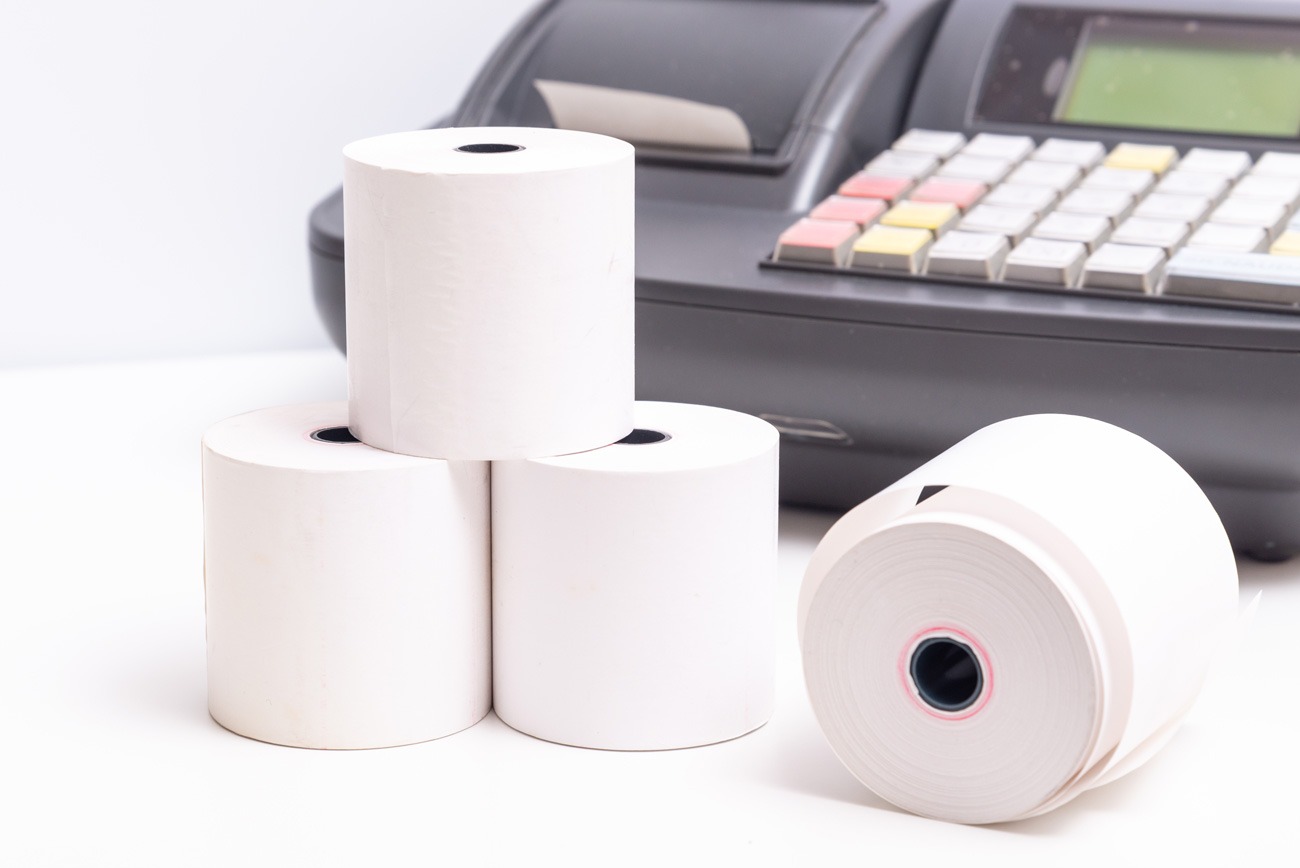 Thermal paper is so versatile and has such high resolution, it’s being implemented in many industries. Probably the most widespread uses include POS machines, cash registers, ATM machines, lottery tickets, parking tickets and even medical records. Wherever inexpensive, high-quality printing that doesn’t require very high durability is useful, thermal printing is probably the best choice. From San Antonio 2 1/4 thermal paper rolls to 3 1/8 thermal receipt paper, we're sure to have the perfect size for your business's needs.
Thermal paper is so versatile and has such high resolution, it’s being implemented in many industries. Probably the most widespread uses include POS machines, cash registers, ATM machines, lottery tickets, parking tickets and even medical records. Wherever inexpensive, high-quality printing that doesn’t require very high durability is useful, thermal printing is probably the best choice. From San Antonio 2 1/4 thermal paper rolls to 3 1/8 thermal receipt paper, we're sure to have the perfect size for your business's needs.
The Truth About BPA
Most thermal paper contains BPA as the inorganic acid to develop the image. BPA has been discussed a lot lately, unfortunately, but this compound is actually in many foods and items of daily life, so consumers should be aware of it to some degree. Overexposure to BPA is potentially hazardous – much like overexposure to water can cause drowning. Recent studies by the National Institute of Health and the European Union have found that the quantities most people are exposed to will pass through the body without harmful impact.
One study specifically examined whether BPA in receipts could be harmful to humans through handling, and the results were somewhat surprising. Oddly, handling receipts actually increased BPA longevity in the body compared to eating it – which sounds scary, but the other surprising result is that it still didn’t impact human health. For a person who will repeatedly handle thermal paper up to ten hours a day (such as a cashier), the highest intake level recorded was 71 micrograms, an amount less than ¼ of the safe daily intake level allowed for a person of roughly average weight (ignoring sex and height). This is so far within all accepted safety standards that the health organizations are no longer concerned by it.
Chances are that our thermal paper will have a big role in your business needs. There’s no longer any reason to hand out full-page receipts when thermal printing equipment and paper pay for themselves so quickly.



